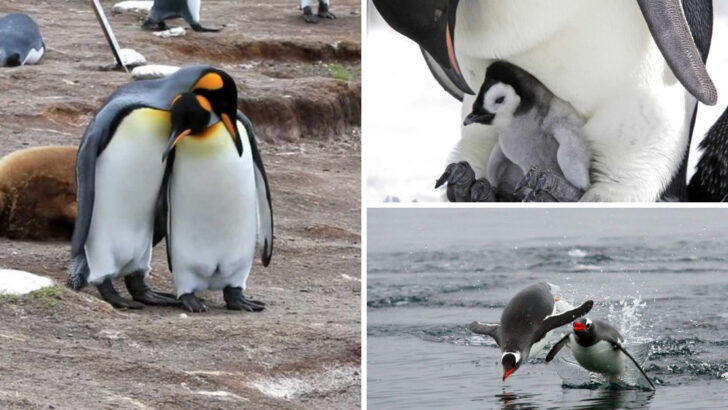Penguins are proof that nature has a sense of humor. These little tuxedo-wearing birds waddle, tumble, and slide their way through life, turning even the coldest landscapes into a comedy show.
But don’t let the clumsy charm fool you. Beneath the awkward steps and belly flops, penguins are fiercely loyal, surprisingly clever, and packed with personality. Some flirt with pebbles, others steal nest materials like tiny feathered bandits, and a few even break into spontaneous dance moves.
Every colony is bursting with quirks that make these birds impossible not to love. Whether they’re huddling for warmth or chasing their own shadows, penguins have mastered the art of being effortlessly adorable.
Ready for a guaranteed smile? Here are 13 endearing habits that make penguins the undisputed kings of cuteness.
Waddling Walks
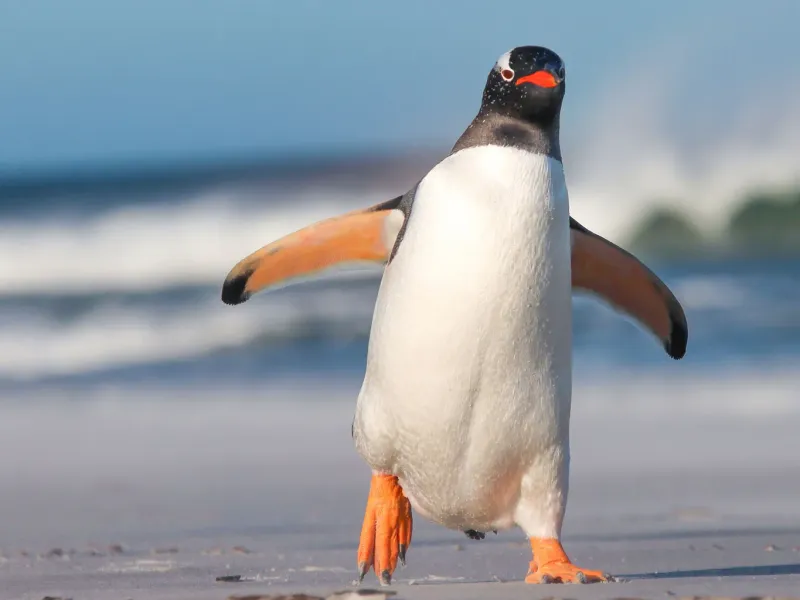
Penguins are renowned for their charming waddling walks. This distinctive movement is not just adorable but also efficient for their body structure. Their short legs and webbed feet make waddling the best way to move on land.
Balancing with outstretched flippers, they navigate their icy habitats with a unique grace. While it might seem clumsy, their walk conserves energy.
Watching a group of penguins waddle together, flippers flapping as they chatter, is a heartwarming sight. Their waddling is more than a walk; it’s a rhythmic dance perfected by nature’s design.
Playful Tobogganing
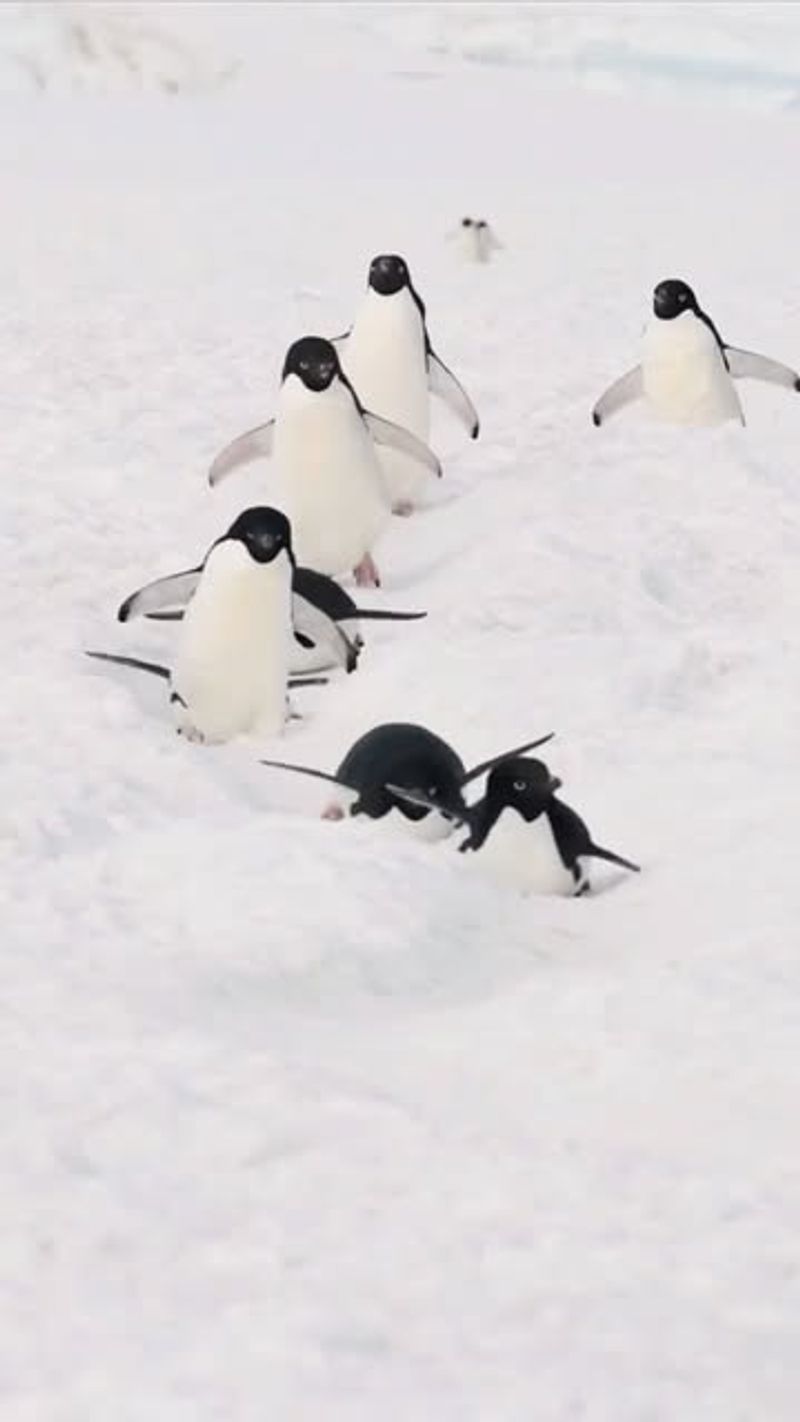
One of the most delightful penguin behaviors is tobogganing. Penguins slide on their bellies across ice and snow, using their flippers and feet to steer and push.
This playful mode of travel is both fun and practical, allowing them to move quickly over snowy surfaces. Penguins often toboggan in groups, adding a social element to the activity.
Watching them glide effortlessly, with joyful abandon, is a delightful reminder of their playful nature. Tobogganing showcases their adaptability and joy in engaging with their environment.
Social Group Huddles
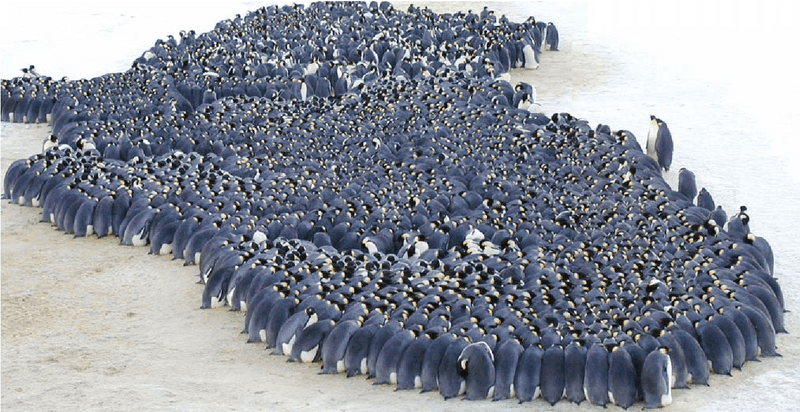
Penguins are known for their huddling behavior, particularly in harsh weather conditions. By gathering in large groups, they conserve warmth and protect each other from the cold.
Each penguin takes turns moving from the chilly outer edge to the warmer inner circle. This cooperative behavior highlights their social nature and survival instincts.
The huddle is more than just a survival tactic; it’s a communal act of support. Observing a penguin huddle is witnessing a natural masterpiece of teamwork and adaptability.
Courtship Rituals
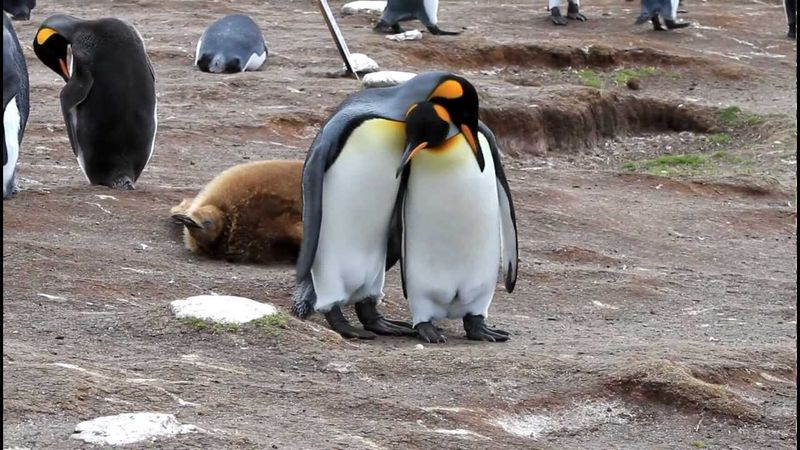
Penguin courtship rituals are elaborate and charming displays of affection. These rituals often involve synchronized movements, bowing, and flapping of wings.
During the breeding season, male penguins present pebbles to their chosen mates in a gesture of love. This delightful behavior strengthens pair bonds and ensures successful mating.
Witnessing their courtship is like watching a graceful dance, full of emotion and precision. These rituals highlight the deep connections penguins form with their partners.
Underwater Acrobatics
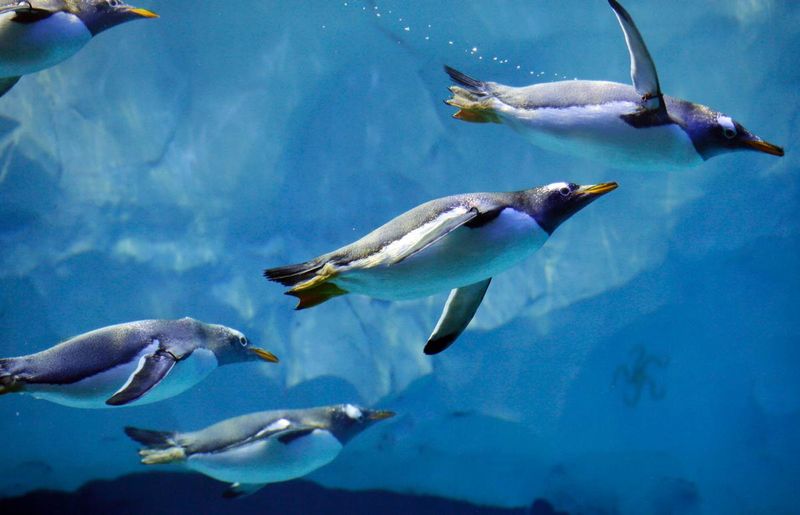
Penguins are as agile in water as they are endearing on land. Their underwater acrobatics showcase their incredible swimming skills.
Using their flippers like wings, they glide through the water with speed and grace, diving to catch fish and other prey. Their agility is matched by their playful nature, often seen twisting and turning in the water.
Observing a penguin underwater is to witness a creature perfectly adapted to its environment, moving with a fluidity that seems almost magical.
Penguin Chatter
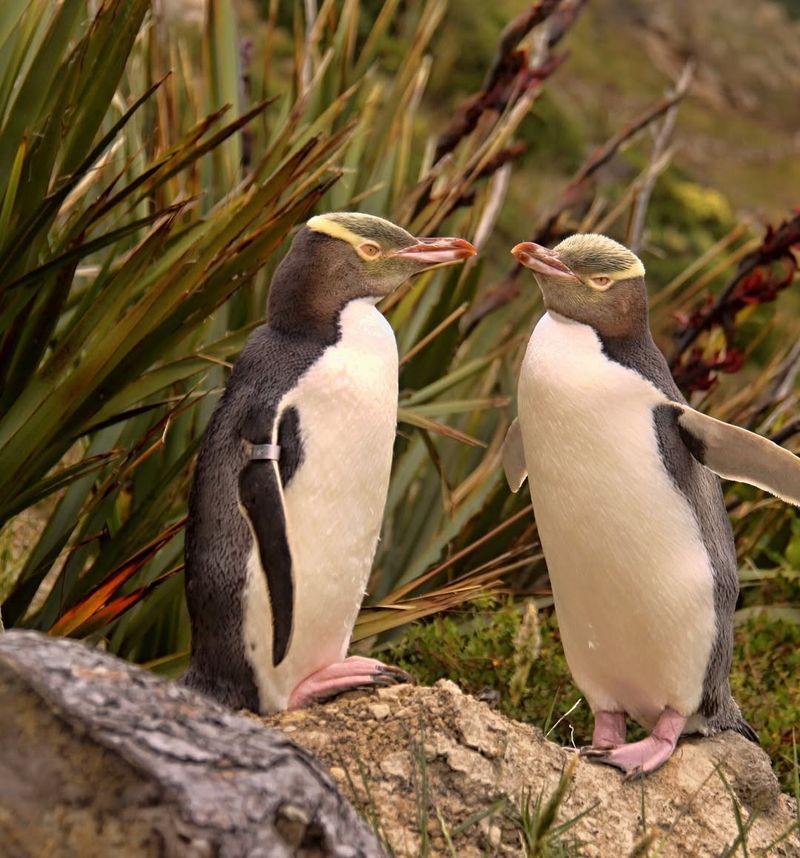
Communication is key in the world of penguins. These birds are known for their loud, distinctive vocalizations, used to identify each other and strengthen social bonds.
Each penguin has a unique call, helping parents and chicks recognize each other amidst the bustling colony. Their chatter can sound like a symphony of squawks and brays, creating a lively atmosphere.
Listening to penguins communicate is both amusing and fascinating, as their vocalizations reveal a complex social structure. This chatter is a testament to their highly developed social interactions.
Feeding Chicks
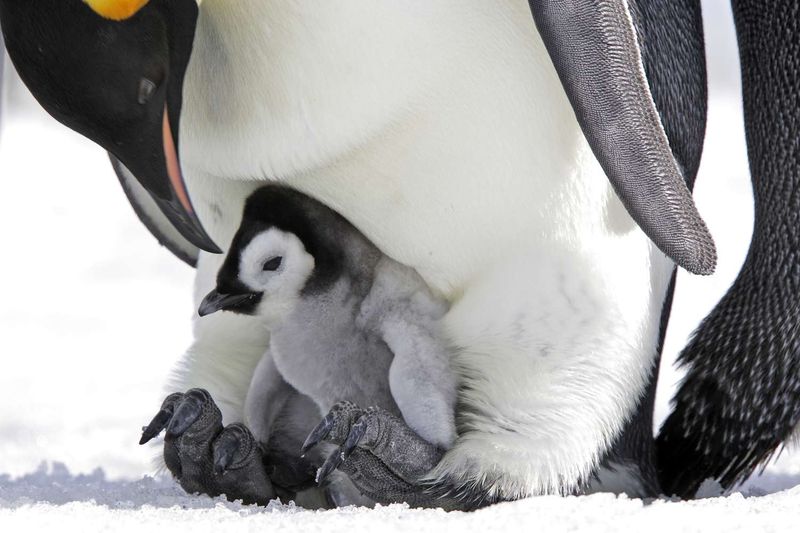
Penguin parents are devoted caregivers, especially when it comes to feeding their chicks. Both parents take turns hunting and regurgitating food for their young.
This nurturing behavior ensures that the chicks receive constant care and nourishment. The sight of a parent feeding its chick, gently transferring food, is a heartwarming display of tenderness.
Penguins’ dedication to their offspring is a powerful example of parental love. Watching this interaction is a beautiful glimpse into the family dynamics of these remarkable birds.
Nest Building
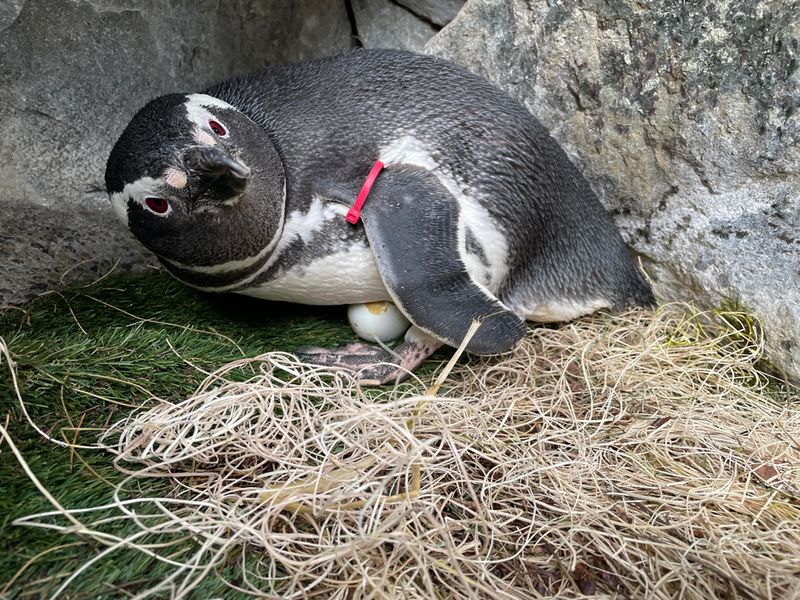
Nest building is an integral part of penguin life, particularly during the breeding season. Male penguins often gather pebbles to create a nest, enticing their female counterparts.
This behavior is not just functional but also part of courtship. A well-constructed nest signifies commitment and readiness for family life.
Observing penguins hard at work, diligently selecting and placing each pebble, is both endearing and impressive. Their meticulousness and teamwork highlight their collaborative spirit.
Leapfrogging from Water

Penguins are known for their dramatic entrances as they leap from the ocean onto land. This leapfrogging behavior is both a spectacle and a necessity, as they transition from water to ice.
The leap is a burst of energy, propelling them onto solid ground. Watching them emerge, water glistening off their feathers, is a breathtaking sight.
This ability highlights their powerful swimming capabilities and their readiness for life on both water and land. It’s a dynamic aspect of their multifaceted lifestyle.
Cooperative Hunting
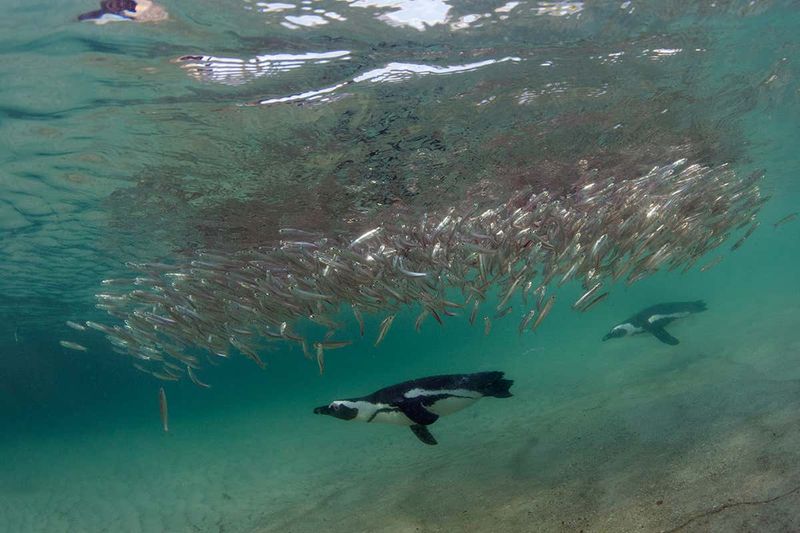
Penguins often engage in cooperative hunting, showcasing their intelligence and teamwork. By working together, they can corral fish into tighter groups, making them easier to catch.
This coordinated effort involves precise communication and timing, ensuring each penguin plays a vital role in the hunt. Observing their seamless cooperation is both fascinating and inspiring.
Their collaborative hunting tactics reveal a sophisticated understanding of group dynamics and resource sharing, essential for their survival.
Sunbathing Sessions
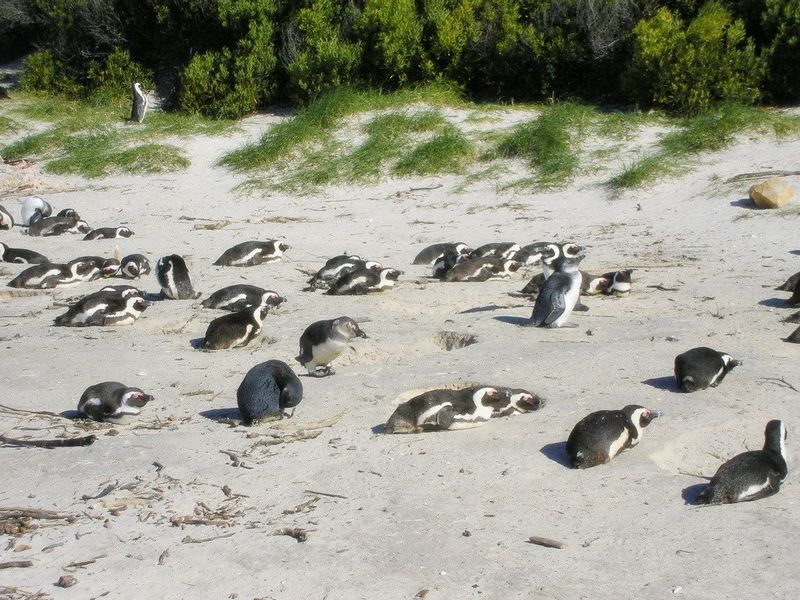
Even penguins enjoy a bit of relaxation, as seen in their sunbathing habits. After a swim, they often find a sunny spot to dry off and warm up.
Lying on rocks or ice, they spread their wings to soak up the sun’s rays, creating a serene and content picture. This behavior helps with thermoregulation, crucial in their cold habitats.
Watching a penguin bask in the sun is a tranquil moment that highlights their ability to balance activity with rest. It’s a peaceful reminder of their adaptability.
Parental Tag Teaming
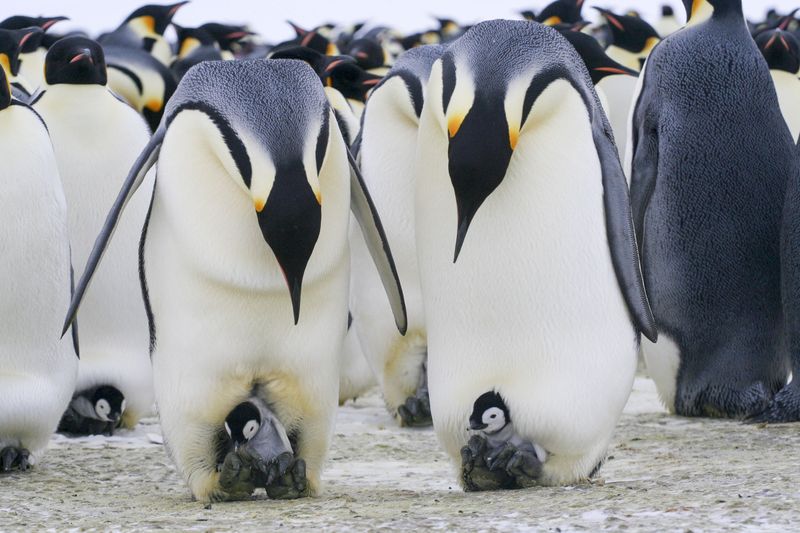
Penguin parenting involves teamwork, particularly during the incubation period. Parents take turns keeping the egg warm and safe, allowing each other to rest and feed.
This tag-teaming ensures the constant care and protection of the egg. The dedication shown by penguin parents is a touching example of shared responsibilities.
Observing this cooperative parenting is a lesson in partnership and commitment, as both parents invest equally in their offspring’s survival.
Marching in Line
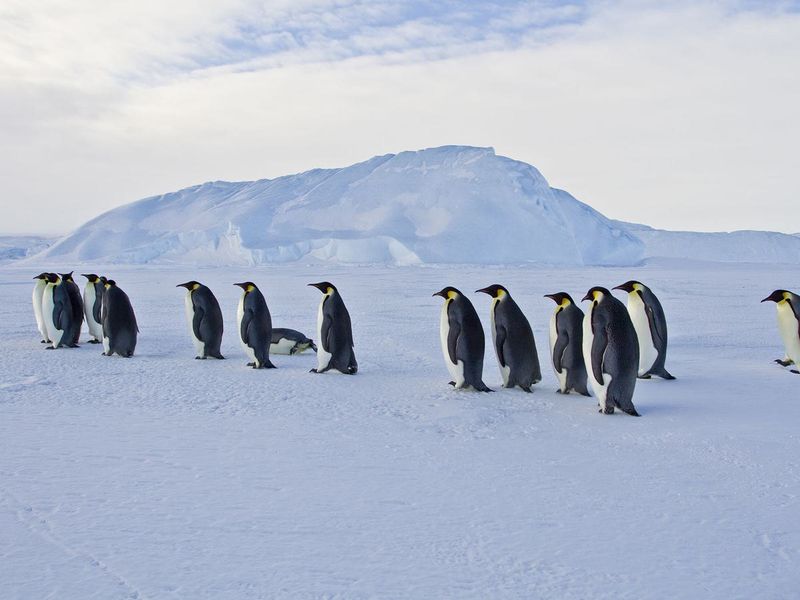
Penguins often march in single file, especially when traveling long distances. This disciplined behavior is both practical and endearing, helping them navigate challenging terrain.
The sight of a line of penguins, their black and white feathers contrasting against the snow, is iconic. This orderly procession minimizes energy expenditure and maximizes safety.
Marching together symbolizes unity and persistence, hallmarks of the penguin’s resilient nature. It’s an inspiring sight, reflecting their strength in numbers.

